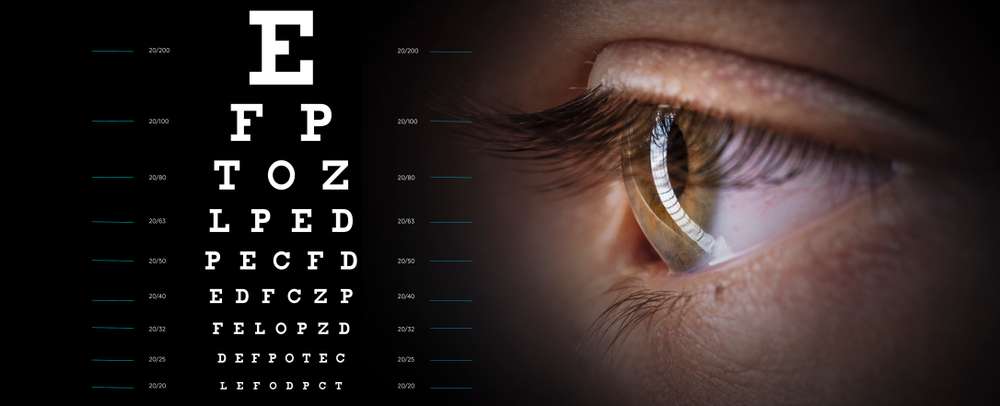
Overcoming Barriers to Adoption of Interventional Glaucoma Procedures
An interventional glaucoma is a proactive approach that emphasizes early procedural intervention over relying solely on medication for mild to moderate cases. This includes laser treatments, novel drug delivery systems, and minimally invasive glaucoma surgery (MIGS). However, there are barriers hindering the adoption of this mindset among cataract surgeons. One barrier is the need for procedural muscle memory. Confidence in performing a procedure and its effectiveness come with repeated practice. Compared to cataract surgery, early-stage glaucoma procedures are less frequently performed by comprehensive cataract surgeons, leading to a slower confidence-building process. Another barrier is the lack of understanding regarding which patients are suitable for each procedure. Cataract surgeons may not have protocols focused on glaucoma and therefore lack knowledge of appropriate follow-up and screening practices. Additionally, limited familiarity with gonioscopy and the anatomy of the angle is another obstacle. Education can help overcome these barriers. Despite these challenges, some cataract surgeons have embraced interventional glaucoma and regularly perform MIGS procedures. With increased education and exposure, more surgeons can become enthusiastic proponents of interventional glaucoma. By addressing these barriers, the adoption of interventional glaucoma procedures can be accelerated, providing patients with effective and proactive treatment options for glaucoma management.
To know more: About the original article click here.
